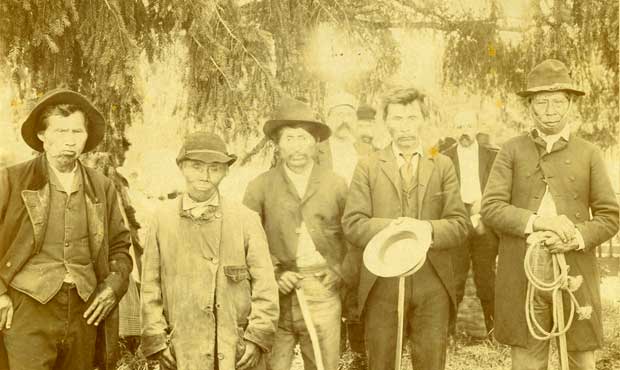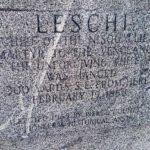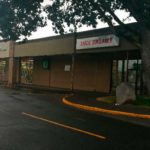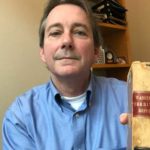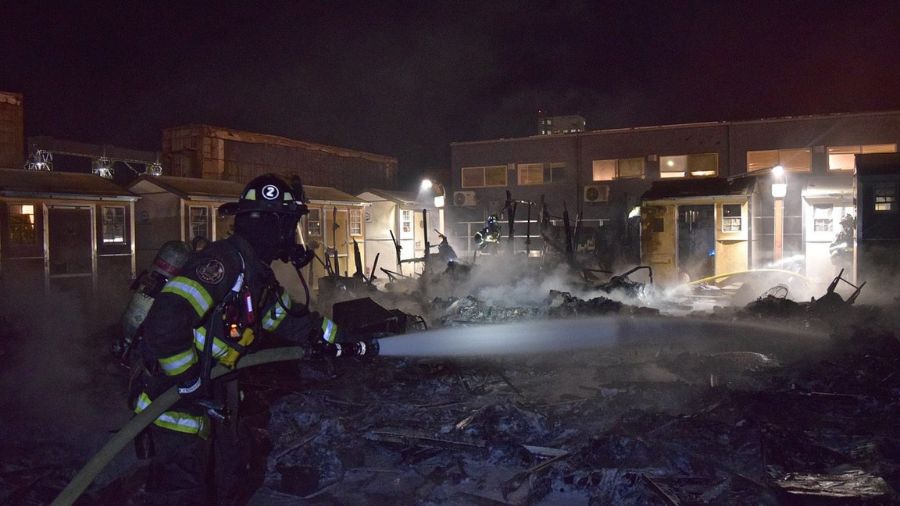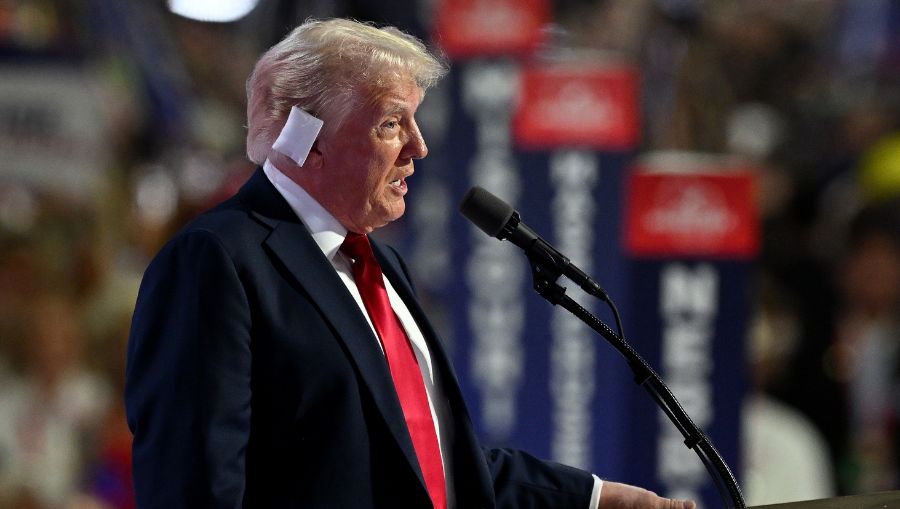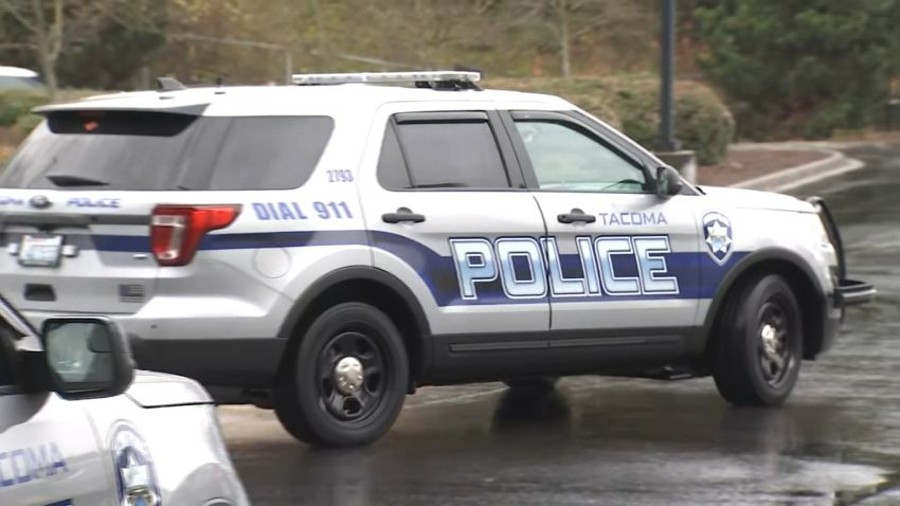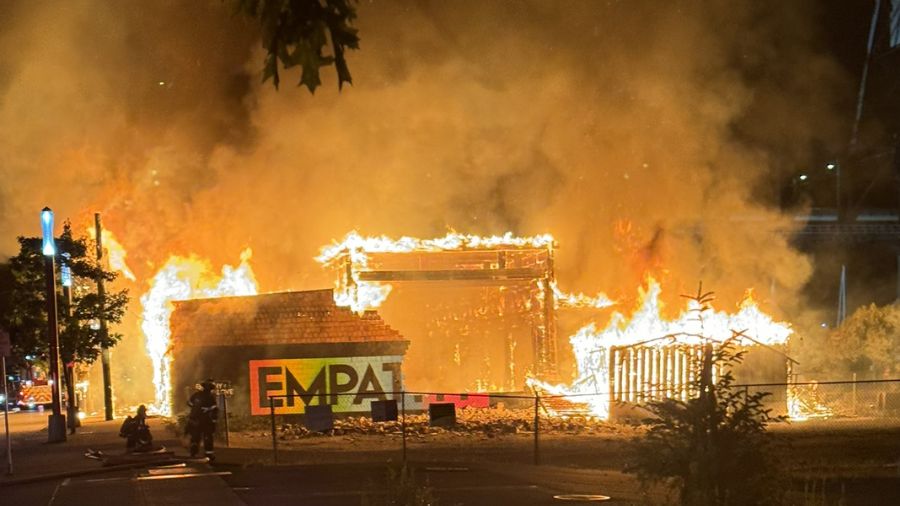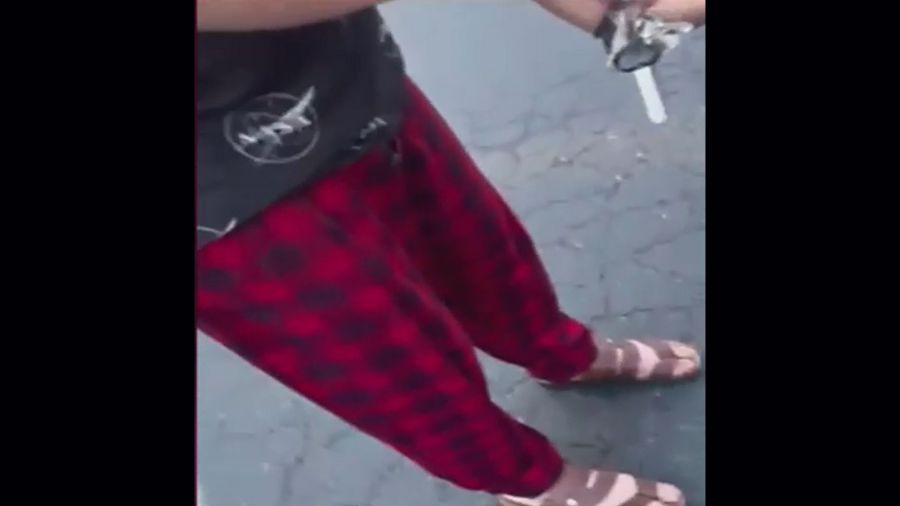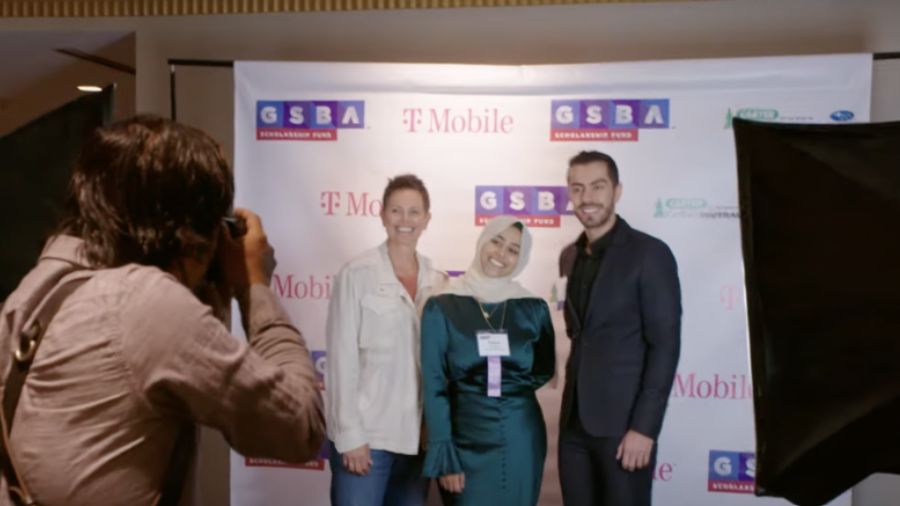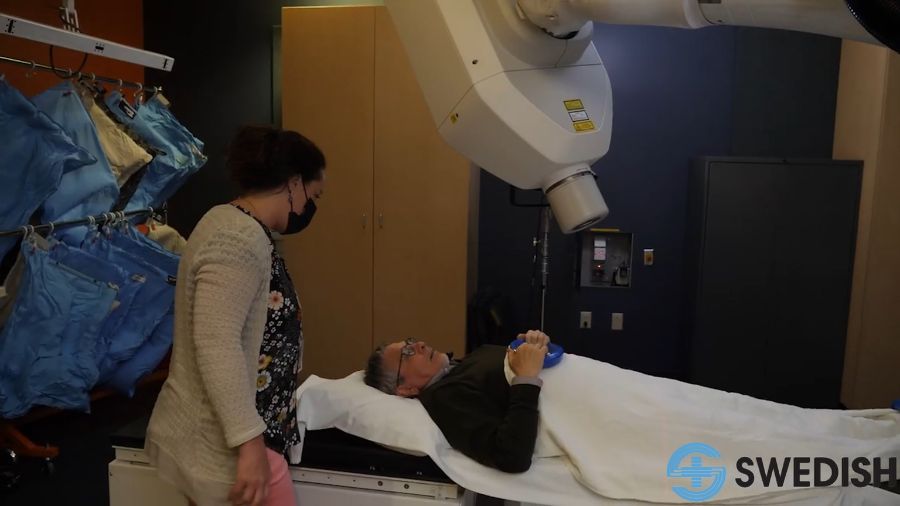Chief Leschi lives on 160 years after his execution
Feb 14, 2018, 7:44 AM | Updated: 10:15 am
In the parking lot of a strip mall in Lakewood called Thunderbird Shopping Center, a stone monument was dedicated in 1963 to Chief Leschi of the Nisqually Tribe.
Logger long-ago found missing McChord bomber
The monument was created by the Pierce County Pioneer & Historical Association. It commemorates the day 160 years ago when Leschi was executed just a few hundred yards to the southeast. Leschi had been convicted for the murder of a man named A. Benton Moses, a member of Washington’s Territorial Militia who died of a gunshot wound on Oct. 31, 1855, near Buckley in Pierce County.
Letters carved into the stone read:
LESCHI
CHIEF OF THE NISQUALLIES
MARTYR TO THE VENGEANCE
OF THE UNFORGIVING WHITE MAN
WAS HANGED
300 YARDS S.E FROM HERE
FEBRUARY 19, 1858
At the time of his execution, many people, including pioneer Ezra Meeker, believed Leschi did not deserve to die. Many believed that Leschi wasn’t responsible for Moses’ death. Further, it was thought that the violence between Native Americans and the Territorial Militia that day near Buckley was part of the Indian War of 1855-1856, and didn’t fall under the jurisdiction of the courts.
Before his execution
Before he was executed, Leschi faced trial in Pierce County in November 1856, but the jury there couldn’t reach a unanimous verdict (Ezra Meeker was one of the jurors who voted to acquit). Leschi faced trial again a few months later in March 1857 in Thurston County. This time, he was found guilty.
And the difference between Pierce County and Thurston County is just one of the interesting and even confounding aspects of the history that emerged in research conducted by Kelly Kunsch. Kunsch is an Adjunct Professor and Reference Librarian at Seattle University School of Law who published a lengthy study of the legal aspects of the case about a decade ago, called “The Trials of Leschi, Nisqually Chief.”
Kunsch says that in the earliest years of Washington Territory in the 1850s, generally speaking, Pierce County residents were more sympathetic to Native Americans than Thurston County residents were, and that had an impact on Leschi.
The reason? The political history of the Puget Sound country, which had only recently become American territory, and a long history of 19th-century demographics.
In Pierce County in the 1850s, Kunsch said, “you had Fort Nisqually, which was really English. It was Puget Sound Agricultural Company,” which was part of the British-backed Hudson’s Bay Company and there was “a bunch of French-Canadians that had been around for a long time, and they interacted with the Indians [and were] very friendly to the Indians.”
Thurston County and Olympia, site of the territorial capitol, says Kunsch, were much more aligned with the politics and culture of the United States.
“[It’s] hard for us to conceive that there’s that much distance between those two [places],” Kunsch said, “the way we drive there now” in just minutes on I-5.
After the second trial, an appeal to the Territorial Supreme Court failed in December 1857.
In general, Leschi’s judicial proceedings were, Kelly Kunsch writes, “rife with improprieties, a lawyer who went from prosecuting [Leschi] to defending him, a key witness who was also foreman of [Leschi’s] grand jury, a trial judge who had opposed [Leschi] during war, missing witnesses, unmade legal arguments, and a territorial supreme court opinion written prior to argument.”
The historical figure who’s often held responsible for creating the atmosphere that led to Leschi’s conviction and death is Washington Territorial Governor Isaac Stevens. Stevens negotiated the Treaty of Medicine Creek with the Nisqually Tribe in 1854, which called for the tribe to move off their ancestral lands to a reservation in order to make way for incoming American settlers. Leschi objected to this and was instrumental in the unrest among Native Americans that grew into warfare in 1855 and 1856.
Medicine Creek and other treaties negotiated by Stevens are often cited as the key factors that precipitated the Indian War of 1855-1856. Add to this that Stevens was, by most accounts, not exactly sympathetic to Native Americans, especially a chief like Leschi who found the treaty process unfair, and whose resistance represented a threat to Stevens’ leadership of Washington Territory and his loftier political goals.
After Leschi’s death
Still, in the decades after Leschi’s death, his execution came to be regarded by many as a miscarriage of justice. Schools, parks and a neighborhood were named in his memory, and Ezra Meeker wrote a book proclaiming Leschi’s innocence.
Fast-forward to the early 2000s, and members of the Nisqually Tribe decided to mount an effort to seek official exoneration for Leschi. This culminated in a single session of a special judicial body called the Washington Court of Historical Inquiry.
On December 10, 2004, then-Washington State Supreme Court Chief Justice Gerry Alexander presided over several hours of testimony and a review of records from the original trials. The session was open to the public and was held at the Washington State Historical Society in Tacoma.
Cynthia Iyall was there in Tacoma that day in 2004. She’s a Nisqually Tribal Elder and her great-grandmother was Leschi’s sister, and she was one of the leaders of the modern movement to exonerate Leschi. She’s also proud of the Nisqually Tribe’s robust economic development over the past few decades.
Does she consider Governor Isaac Stevens a villain?
“He came out here to bring that railroad and bring commerce to this area which is what the nation wanted,” Iyall said. “So, can I say he’s a villain? For me, personally, knowing that Leschi was my great uncle? Yes, that’s how I look at it when I think of my family. But … he was just another one of the same … there were so many with that mentality.”
At the end of that one-day session in Tacoma in December 2004, Chief Justice Alexander addressed the assembled audience.
“As a Historical Court, we have unanimously concluded from what we’ve heard here today and from the record that we have reviewed of the trial and contemporary accounts of the events of many years ago, that on Oct. 31, 1855, a state of war existed between the federal territory of Washington and several Indian tribes including the Nisqually Indian Tribe, and that A.B. Moses was a combatant in that war as a member of the Territorial Militia, and that his death occurred in this war. And therefore, Chief Leschi should not, as a matter of law, been tried for the crime of murder, and therefore, because that is the case, the Historical Court would exonerate Chief Leschi.”
Though the finding was symbolic and without official legal standing, the crowd burst into more than 20 seconds of loud applause and cheers. Hearing the audio (or seeing the video) years later, it registers as one of the more powerful moments in the preservation and sharing of Pacific Northwest history.
And now, more than 13 years since that historic-in-its-own-right day in Tacoma, does the exoneration of Leschi make up for what happened to Cynthia Iyall’s ancestor 160 years ago this week?
“No, it doesn’t,” Iyall said. “But it feels so good to get the truth out there and add that last truthful factual chapter to a very important story here in Washington state.”
Cynthia Iyall would also like to see that monument in Lakewood updated. She’d like that stone and the words carved into it to somehow also tell this new last chapter, too.

